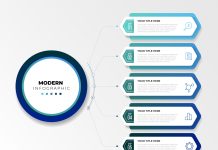Over half (46%) of American consumers connect with healthcare both offline and online, according to the report, firmly integrating healthcare into the omnichannel trend that has already revolutionized commerce and is expected to do the same for a healthcare system that is changing.
Both the consumer-patient and healthcare provider perspectives on this development make sense. The procedures of healthcare practitioners have undergone major changes after more than two years of the pandemic.
As healthcare delivery and payments evolve to adopt an omnichannel paradigm, the consumer-patient journey will be revolutionized with an end-to-end experience that is easier on consumers’ mind-body health and financial well-being.
“What Omni delivers — and in retail, we’re so much further advanced — is that next step up,” said Shannon Burke, senior vice president and general manager of health systems at Synchrony. How do you make [systems] work together smoothly to deliver a single patient experience? is the next major step.
She claimed that formerly, paying for healthcare was an afterthought, but the rise of highly integrated omnichannel healthcare has brought everything together into a seamless flow.
“That clinical and financial path needs to be weaved together from the outset. It can’t be a separate trip anymore, she remarked. “It’s the philosophical idea that patients would consider their financial experience when making decisions just as they will about their clinical,” the author says.
To do this, the practice needs new tools and solutions that encourage consumer-patient connection, such as logging into an online patient portal or scheduling a telemedicine session. Platforms like Synchrony are addressing that issue on the payments side, but the other tools and contact points along a linked patient experience must also be integrated.









